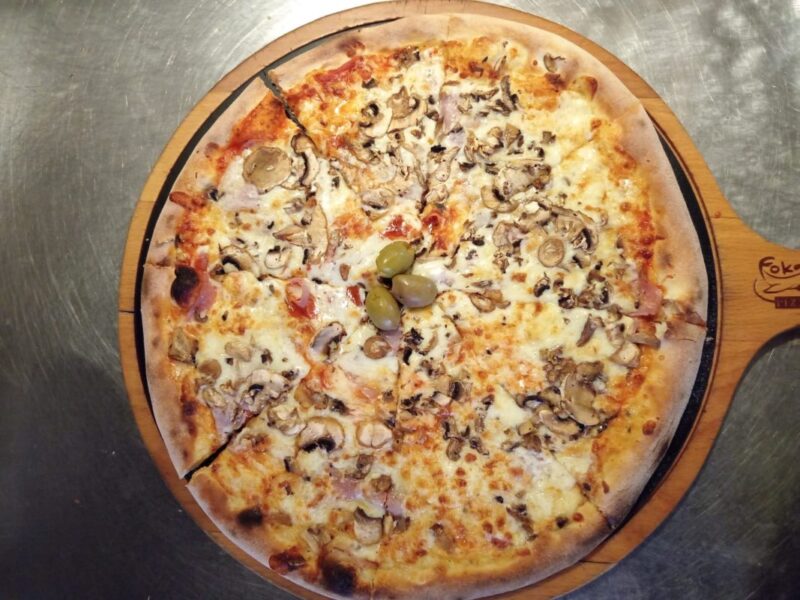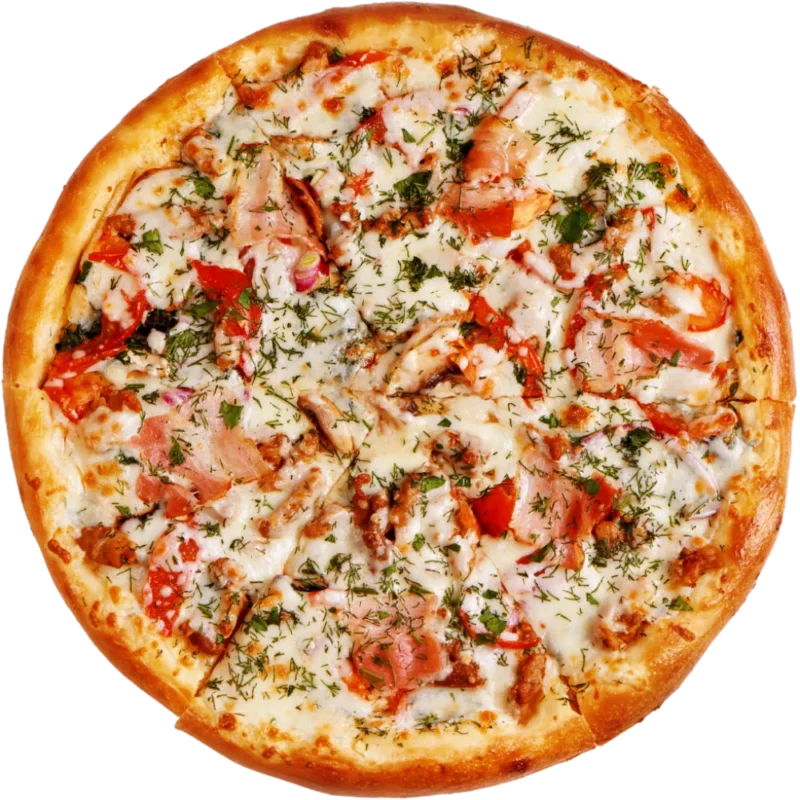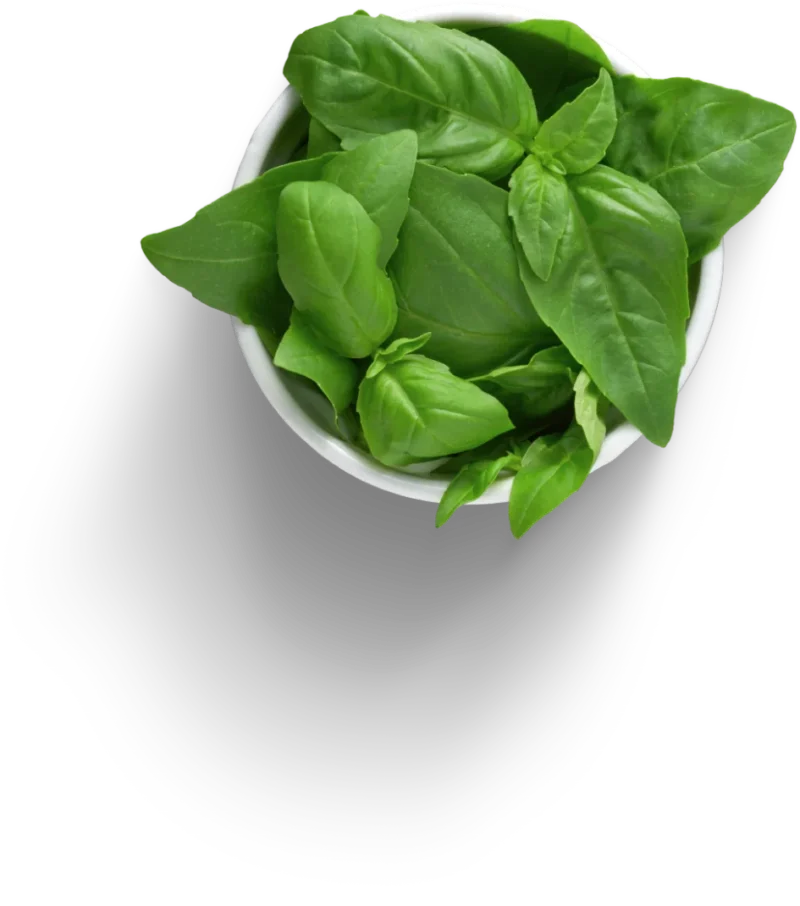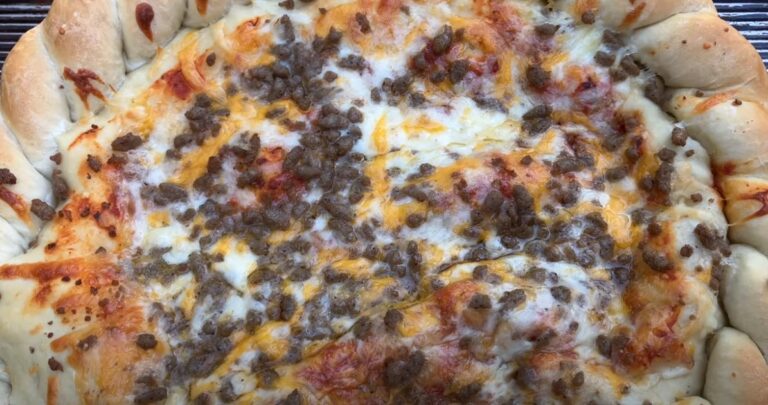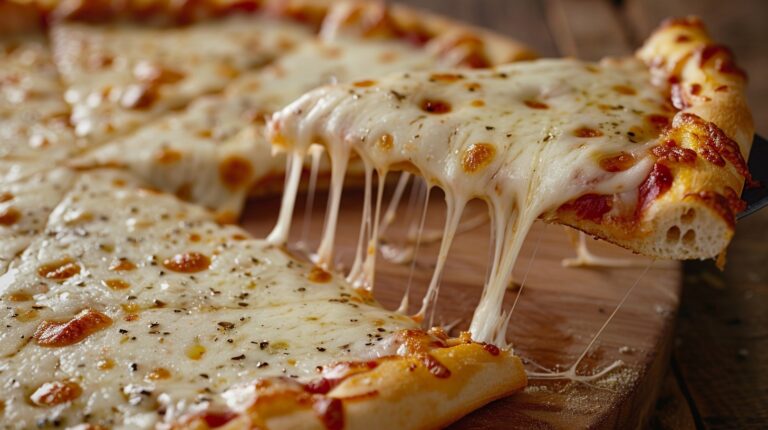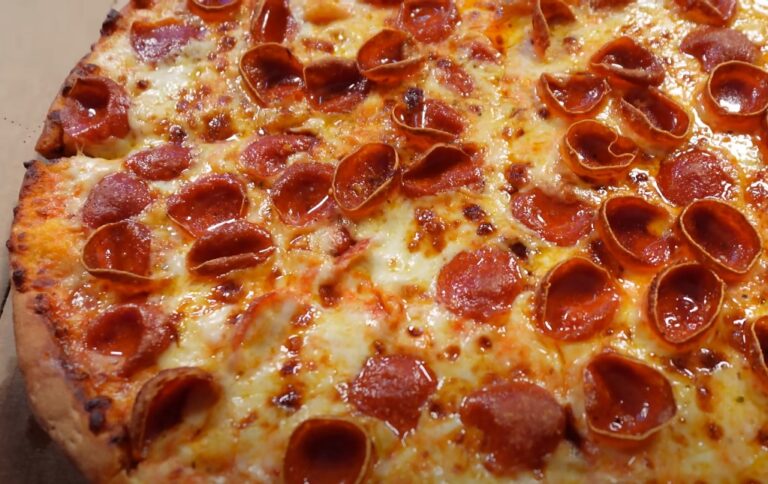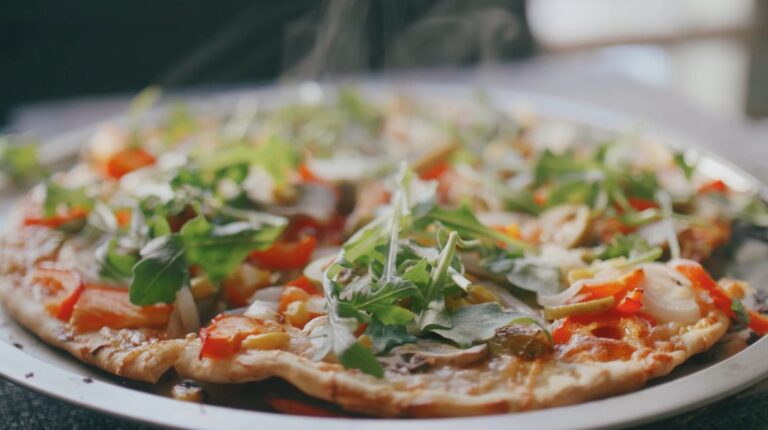When it comes to pizza, there are basically two tribes – thin crust and thick crust.
Thin crust is all about that crunch from Italy, while thick crust is comfort food at its best from America.
Both seem pretty tasty if you ask me!
Now, let’s see what makes them different.
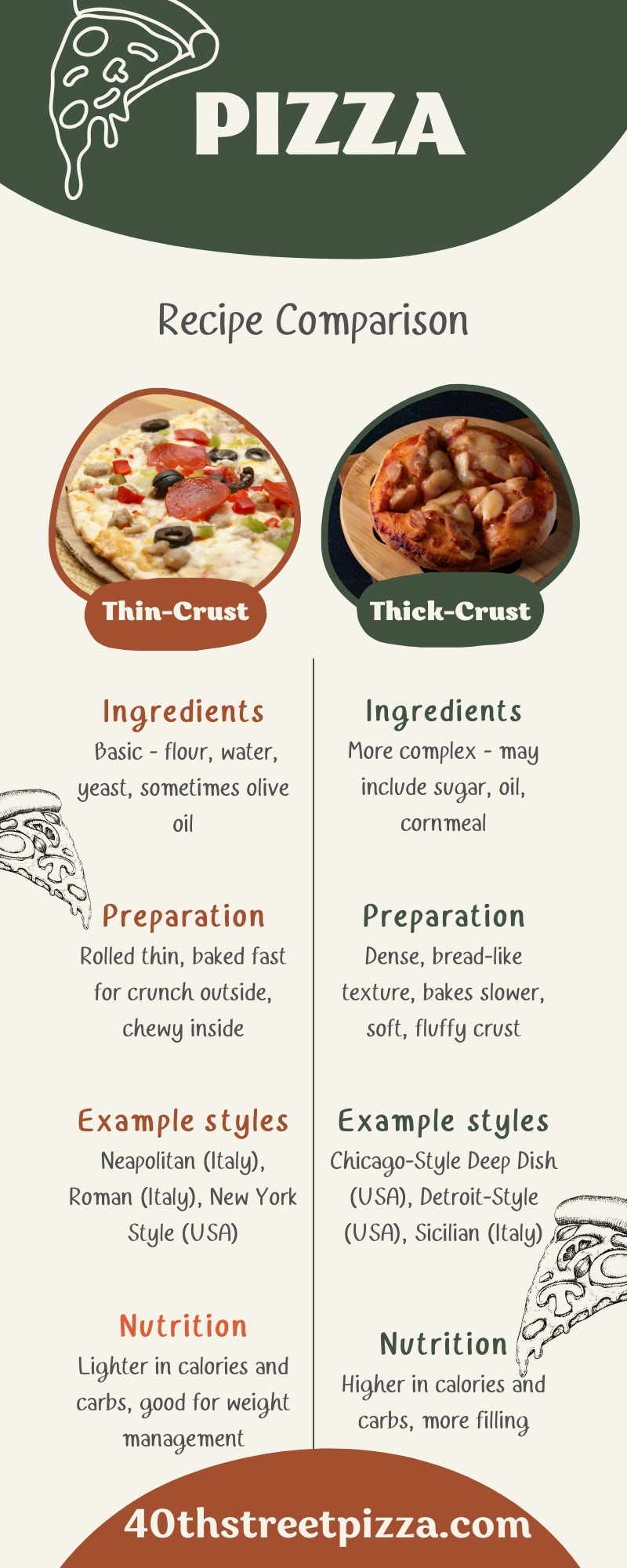
Ingredients & Preparation
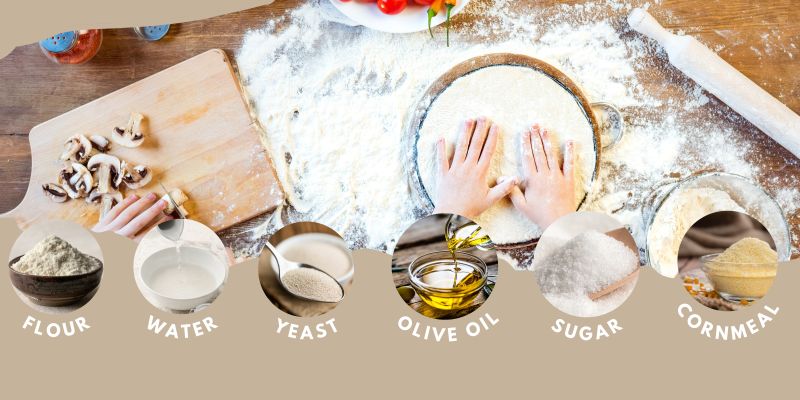
Thin crust dough is very basic – just flour, water, yeast, and sometimes a little olive oil. It’s rolled out thin and baked fast at a high heat. That makes the outside crispy and crunchy while the inside stays a bit chewy.
Thick crust dough tends to have a few extra ingredients, like sugar, oil or cornmeal. Therefore, it has a denser, bread-like texture compared to a thin crust.
Since it’s thicker, it bakes slower at a lower temperature. The end result is a soft, fluffy crust that can support heavier toppings without getting soggy.
So in short, – thin crust is simple, crispy, and fast baking. A thick crust has more ingredients and structure so it can hold lots of toppings without getting overwhelmed.
Thick-Crust Pizza
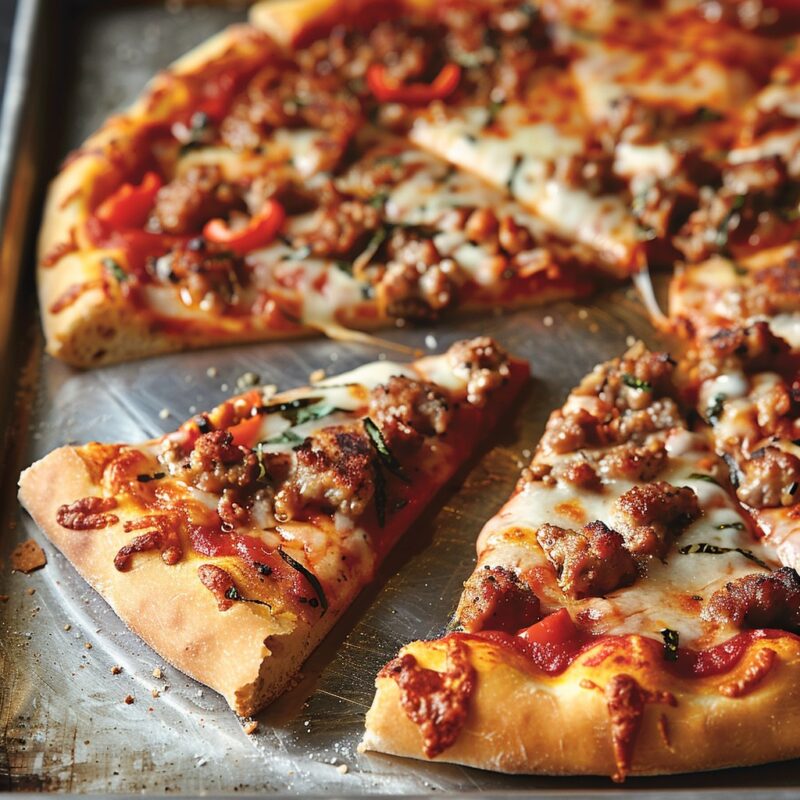
Ingredients
- 2 ¼ cups all-purpose flour
- 1 packet (2 ¼ tsp) active dry yeast
- 1 ½ tsp sugar
- 1 cup warm water
- 2 tbsp olive oil
- 1 tsp salt
- Cornmeal for dusting
- Pizza sauce, cheese, and toppings of your choice
Steps
1. Prepare the Dough
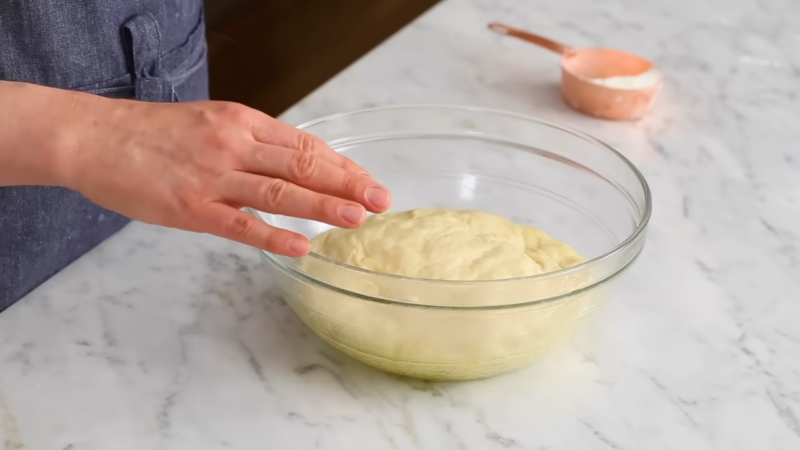
In a large bowl, combine the warm water, sugar, and yeast.
Let it sit for about 5 minutes until the mixture becomes frothy. Add 2 cups of flour, olive oil, and salt to the yeast mixture. Stir until a dough begins to form.
Transfer the dough to a floured surface and knead, gradually adding the remaining 1⁄4 cup of flour until the dough is smooth and elastic about 5-7 minutes.
For a gluten-free option, you can substitute the regular flour with a gluten-free flour blend formulated for bread-making, ensuring the dough achieves a similar texture and elasticity.
Place the dough in a greased bowl, cover, and let it rise in a warm area until doubled in size, about 1-2 hours.
2. Preheat the Oven
Preheat your oven to 425°F (220°C).
3. Prepare the Crust
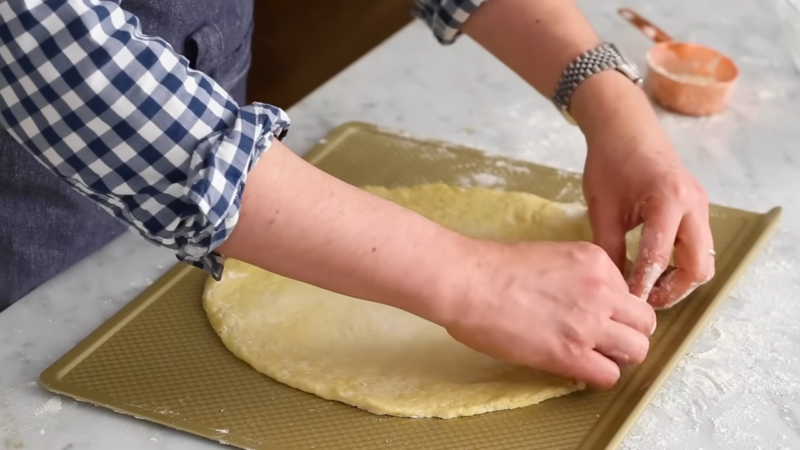
Once the dough has risen, punch it down and transfer to a greased baking sheet or a pizza pan dusted with cornmeal.
Press the dough out by hand to your desired thickness, creating a small lip around the edges for the crust.
4. Add Toppings
Spread a generous amount of pizza sauce over the crust. Add your choice of cheese and toppings.
5. Bake the Pizza
Bake in the preheated oven for 20-25 minutes, or until the crust is golden and the cheese is bubbly.
Let it cool for a few minutes before slicing and serving.
Thin-Crust Pizza
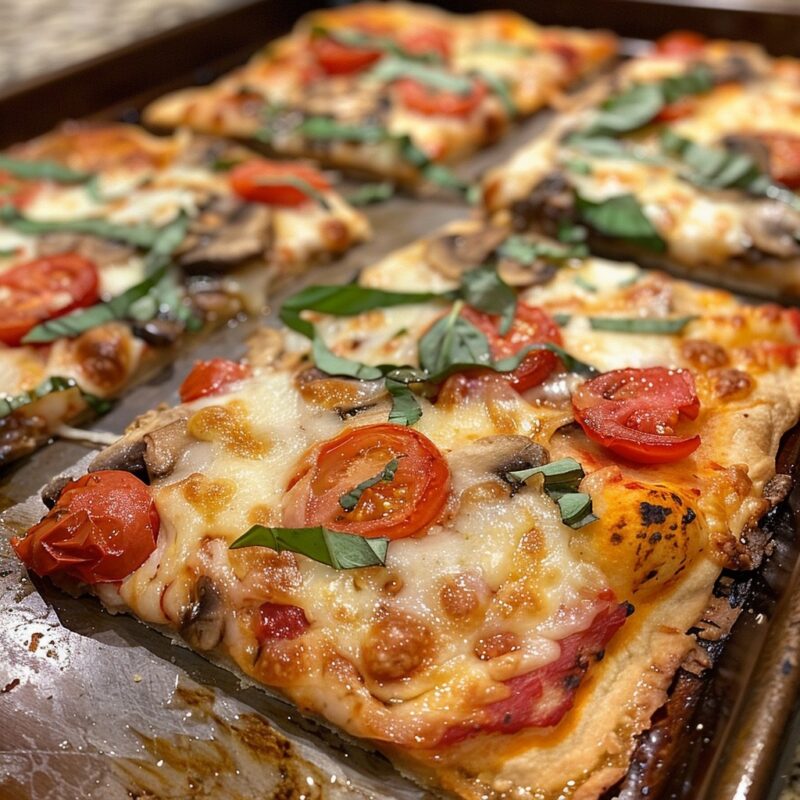
Ingredients
- 2 cups all-purpose flour
- 1 tsp instant yeast
- ¾ cup warm water
- 1 tbsp olive oil
- ½ tsp salt
- Pizza sauce, cheese, and toppings of your choice
Steps
1. Prepare the Dough
- In a large bowl, mix together the flour and yeast.
- Add the warm water, olive oil, and salt. Stir until a dough begins to form.
- Transfer the dough to a floured surface and knead until smooth and elastic, about 5 minutes.
- Let the dough rest for about 15 minutes, covered.
2. Preheat the Oven
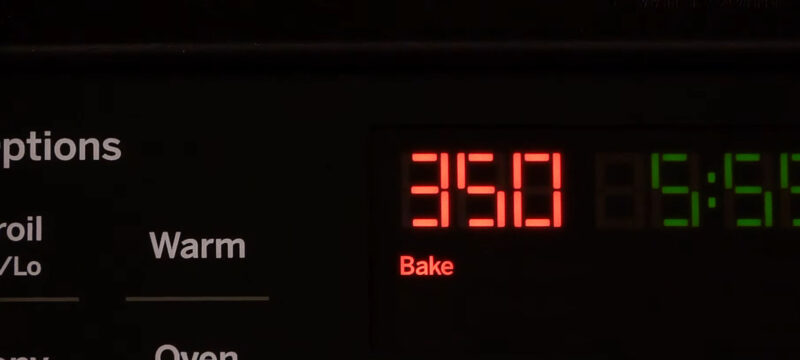
- Preheat your oven to its highest setting, ideally between 475°F to 500°F (245°C to 260°C).
When considering how to choose the right pizza oven for your needs, factors such as size, fuel type, and heat distribution are important to evaluate.
3. Roll Out the Dough
- Divide the dough in half for two pizzas, or keep it whole for one large pizza.
- On a floured surface, roll out the dough as thinly as possible.
4. Prepare
- Transfer the rolled-out dough to a baking sheet or a preheated pizza stone.
- Spread a thin layer of pizza sauce over the dough, followed by a light sprinkling of cheese and your desired toppings.
For an exciting twist, consider experimenting with innovative pizza sauce ideas, like a roasted red pepper pesto or a spicy sriracha marinara.
5. Bake
- Bake in the preheated oven for about 10-15 minutes, or until the crust is crispy and the cheese is golden.
- Remove from oven, let it cool for a few minutes, then slice and serve.
Regional Variations
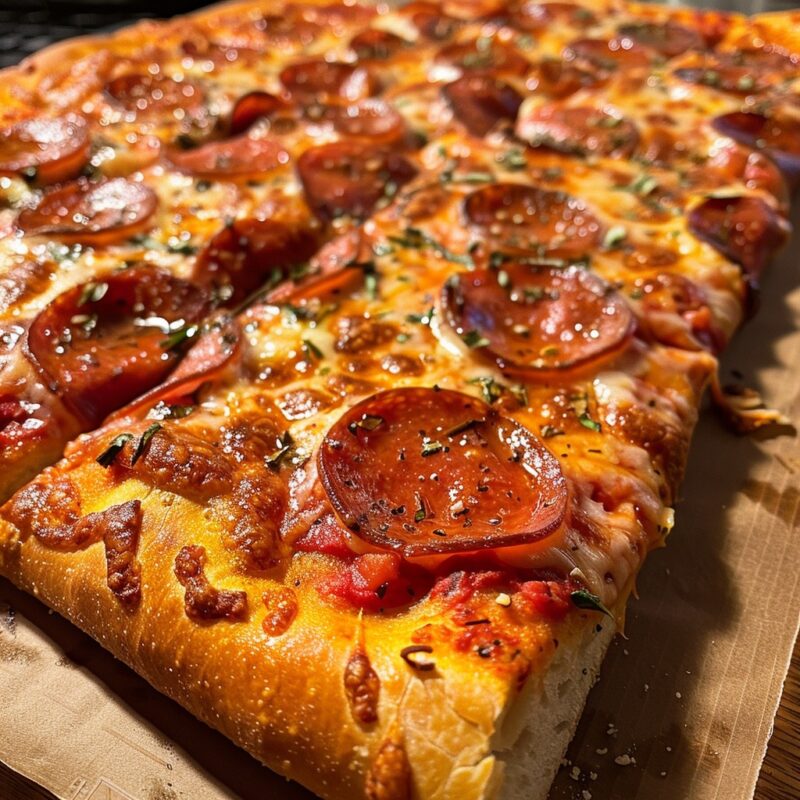
For thin crust, Naples-style pizza is really famous. The UN actually protects it cause of how special it is – simple ingredients cooked really hot in a wooden oven. Roman pizza from Italy is also thin, but a little thicker and crunchier, sometimes in a rectangular shape.
If you like them thick, Chicago deep dish is legendary. The high edge of the crust holds a lot of cheese and sauce inside. Detroit pizza is another good one – it’s square and the crust is super thick, chewy, and crispy on the edges.
| Thin-Crusted Pizzas | Thick-Crusted Pizzas |
|---|---|
| Neapolitan (Italy) | Chicago-Style Deep Dish (USA) |
| Roman (Italy) | Detroit-Style (USA) |
| New York Style (USA) | Sicilian (Italy) |
| California Style (USA) | Pan Pizza (Various) |
| St. Louis Style (USA) | Greek Style (USA) |
Nutrition Facts
Thin crust is usually better for your diet – it has less dough so fewer calories and carbs. Top it with veggies and chicken or shrimp and it’s pretty good for ya. The thinness makes it a lighter option.
A thick crust like a deep dish or Detroit style has way more dough, so more calories and carbs for sure. But it can keep you full for longer since there’s more food, which could be good if you need the fuel.
Both can work depending on your individual needs. If you’re trying to lose weight, thin crust is the way to go.
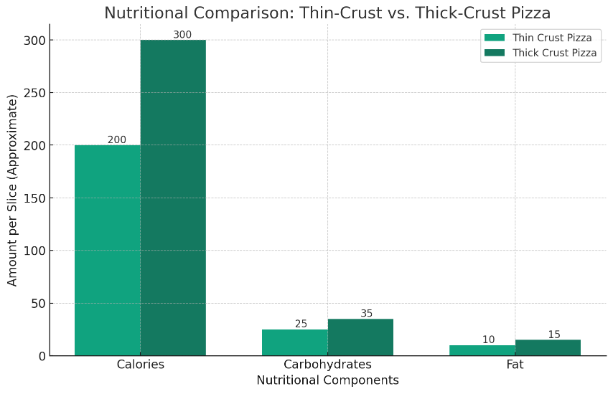
The graph compares three key nutritional components: Calories, Carbohydrates, and Fat. Each category is represented for both thin-crust (lighter bars) and thick-crust (darker bars) pizzas per slice, based on approximate values.
- Calories: Thick-crust pizzas generally have more calories per slice compared to thin-crust pizzas, primarily due to the larger volume of dough and richer toppings.
- Carbohydrates: The carbohydrate content is higher in thick-crust pizzas because of the greater amount of dough used.
- Fat: Fat content is also higher in thick-crust pizzas, which can be attributed to the increased amount of cheese and other high-fat toppings often used.
Final Words
There are so many great options no matter where you go. Thin crust pizzas from Italy sure know how to treat ya – so crispy and light. But don’t get me wrong, a thick-crust pizza is like a big warm hug.
It’s not about saying one is better. They’re both delicious!


